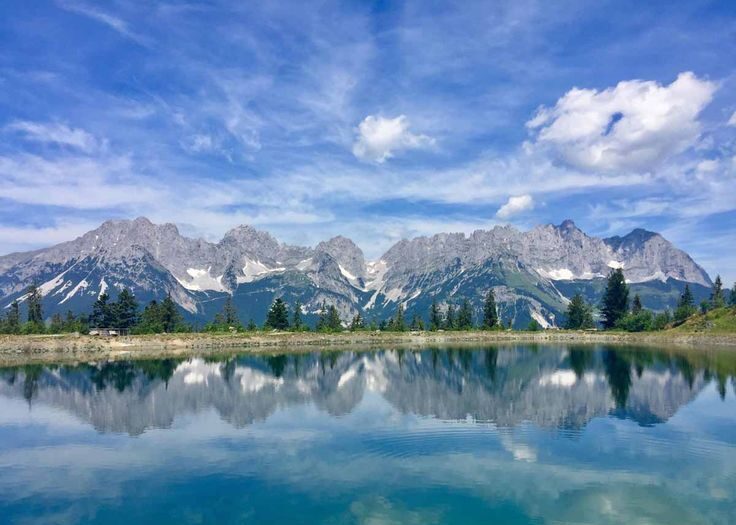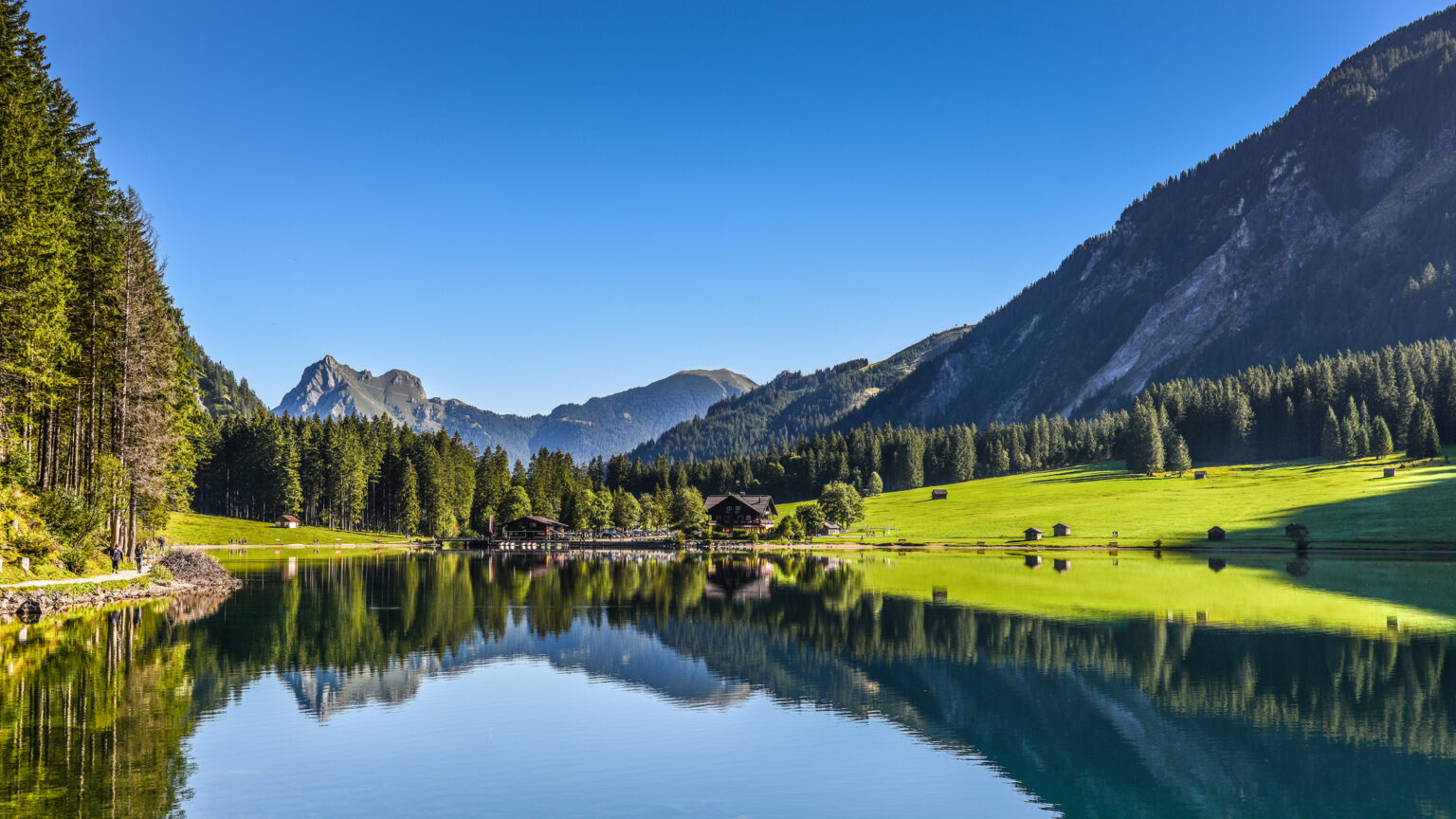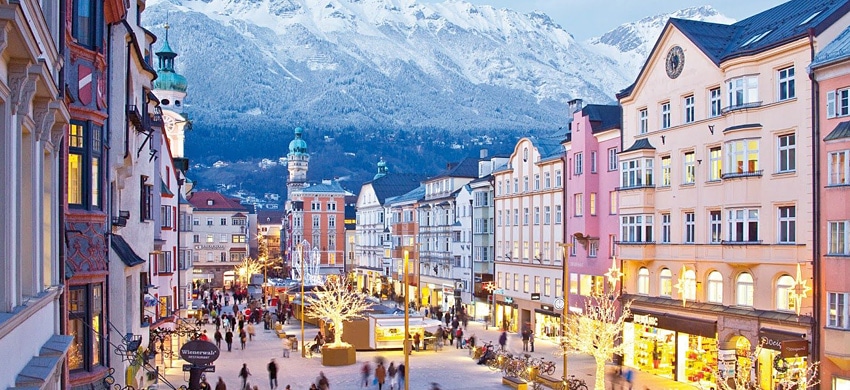THE ITINERARY
THE ITINERARY
Alpine peaks and pastures, sparkling lakes, panoramic roads, characteristic towns, renowned cities: an itinerary designed to give participants a memorable experience between the beauties of Salzburg and Tyrol.
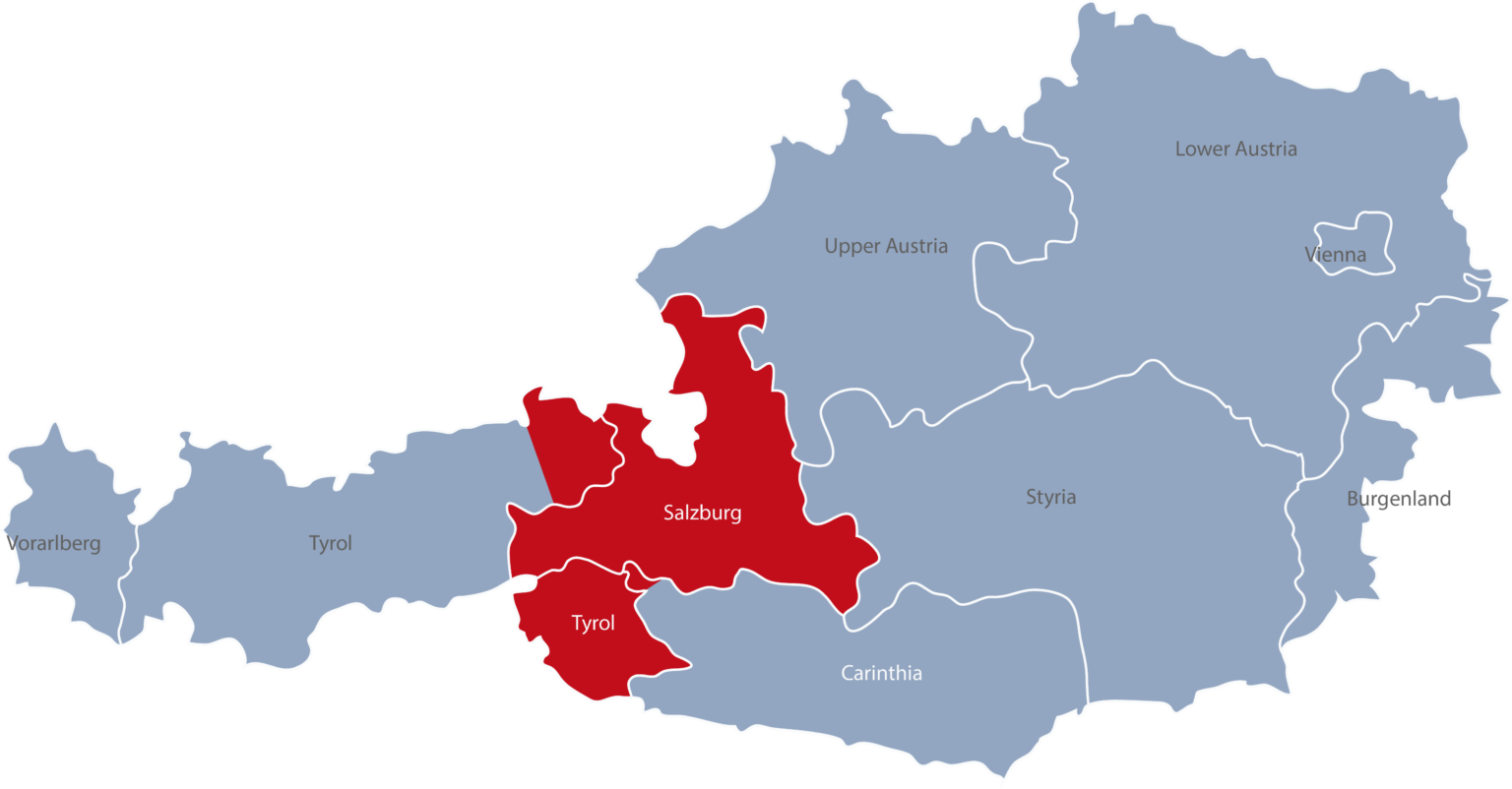
TRAINING AT THE SALZBURGRING
The Salzburgring is an Austrian race circuit opened in 1969. It is one of the most beautiful scenery for a race track, with the hills forming natural grandstands and offering an unusual birds’ eye view of the racing action. The Salzburgring, about 4.2 km long, is a very fast and technically demanding race track. From 1971 to 1994 it hosted the Motorcycle World Championship. To adapt to safety regulations, the circuit has been rebuilt several times over the years: chicanes have been added to reduce the sometimes extremely high speeds and larger runoff areas. In addition to national and international motorsport events, the Salzburgring also regularly hosts concerts, festivals and safe driving courses. Here, after being accredited and passing scrutineering, the crews will participate to an afternoon of training and circuit drills in preparation for the race.
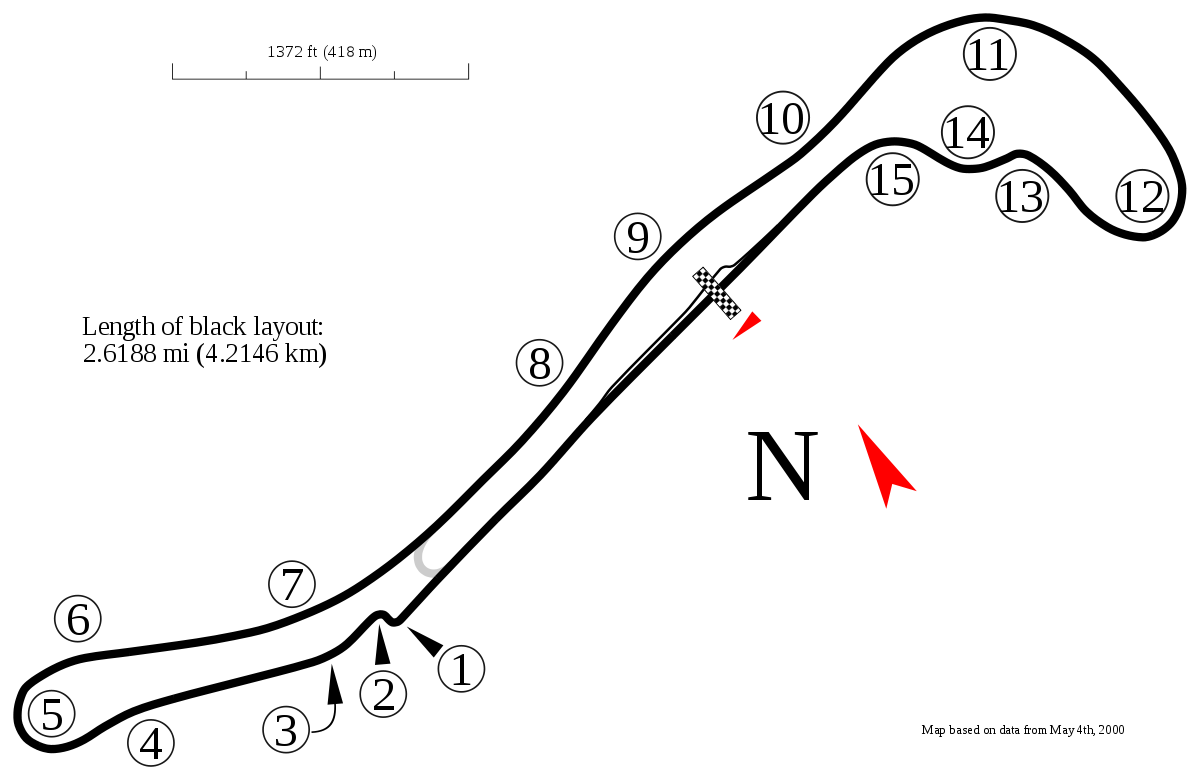

FROM SALZBURG TO MITTERSILL
SalzburgerLand is a multifaceted stage - naturally. beautiful SalzburgerLand's beauty stretches from the northern Salzkammergut region to the imposing peaks in the south, offering an incredible variety of landscapes. Crystal-clear lakes with perfect swimming temperatures invite you to relax and linger. Romantic mountain pastures, picturesque villages and historic towns provide a wealth of cultural experiences waiting to be discovered. One of the region's gems is the emerald-green Lake Fuschl. Nestled among mountains and the historic castle, this spot was already cherished by archbishops. Long before their time, the Celts mined valuable salt in allein which gave Salzburg its name - and its prosperity, As you journey towards the majestic peaks and glaciers of Hohe Tauern National Park, traversed by the spectacular Grossglockner High Alpine Road, you'll discover truly breathtaking natural wonders. Highlights include the astonishing Fistiesenwelt ice caves and the Krimml Waterfalls, the highest and most powerful waterfalls in Central Europe

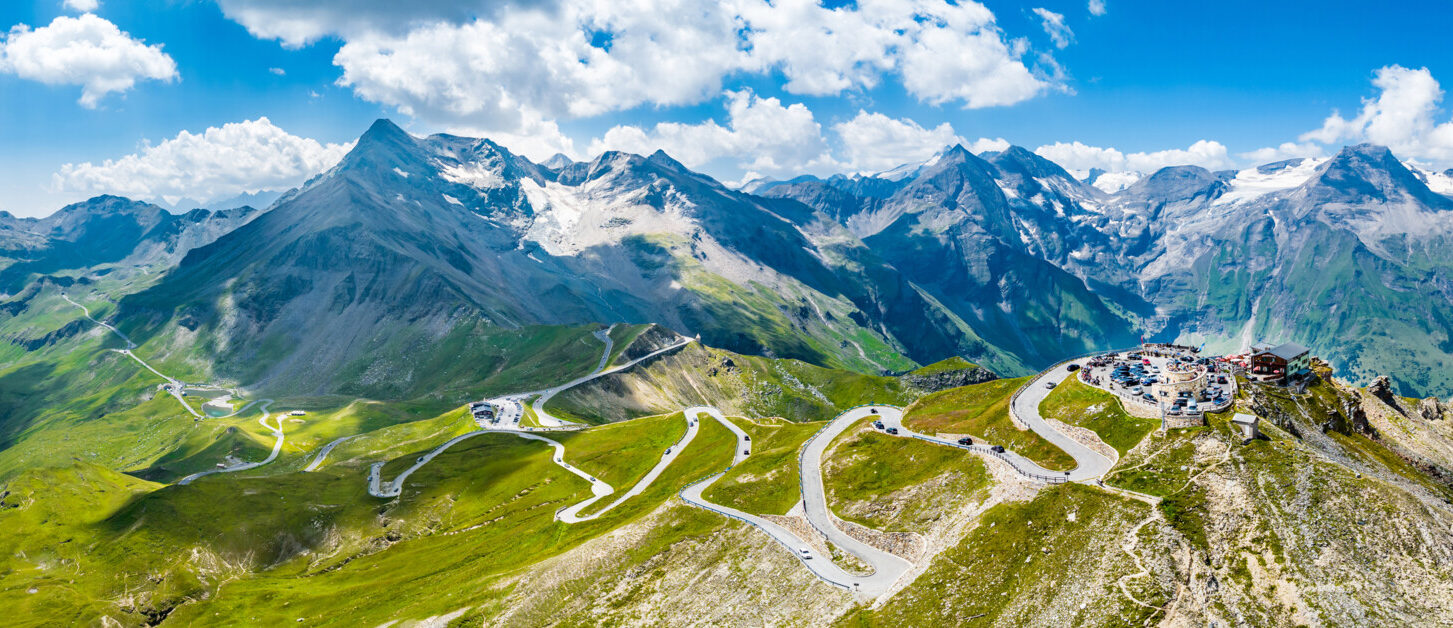
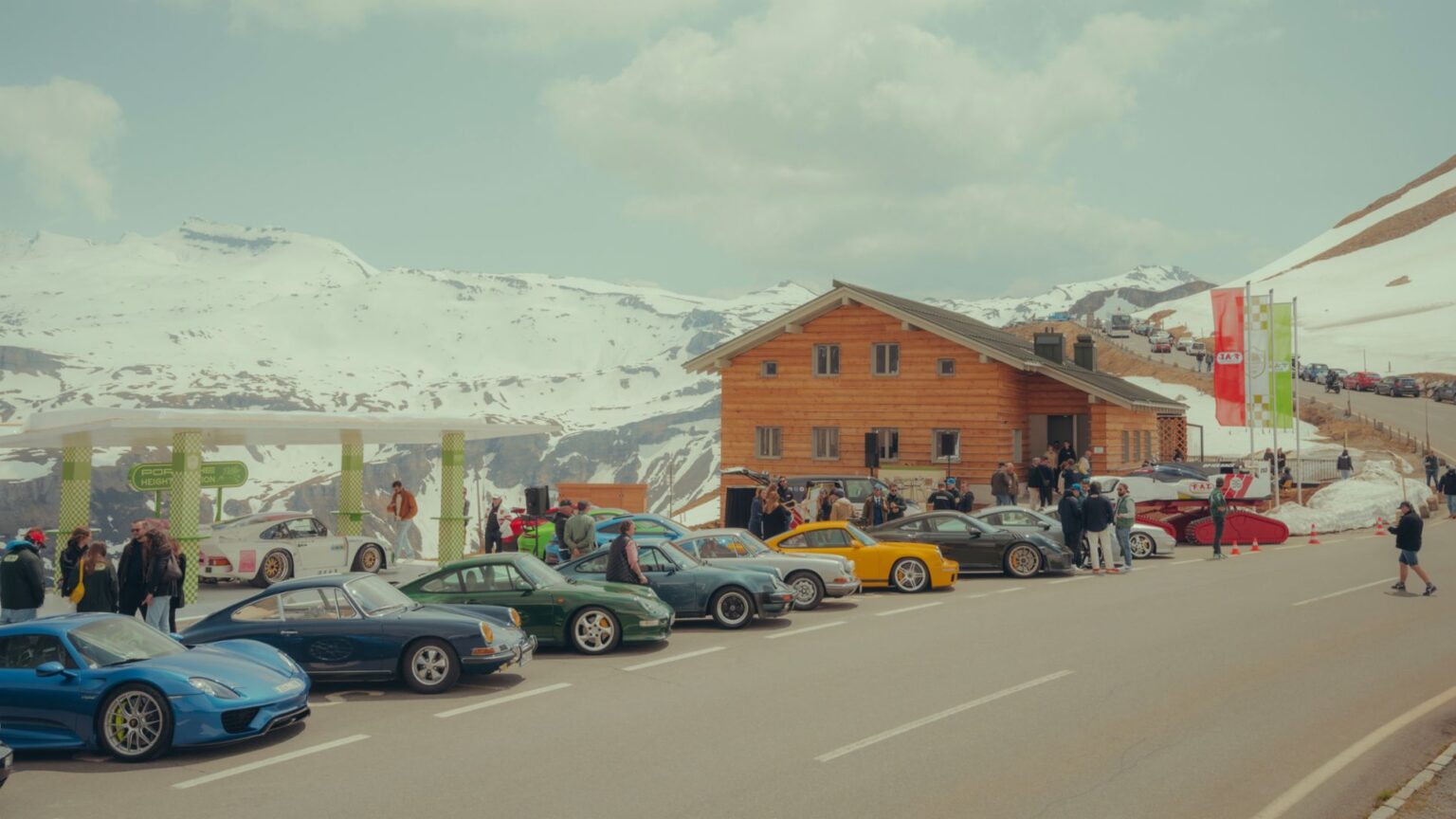
DISCOVER THE GROSSGLOCKNER HOCHALPENSTRASSE
The high mountains and the Großglockner: what was once reserved only for experienced climbers, since the opening of the Großglockner Hochalpenstraße has become an accessible place for young and old that always arouses new charm and enthusiasm. Since the opening of the Alpine road in 1935 has changed a lot. The road has become wider, safer and more comfortable. Exhibitions and museums, mountain huts and mountain pastures, visitor centres and information points highlight the diversity of the alpine world with its fauna and flora in the heart of the Hohe Tauern National Park. The mountain road integrates harmoniously into the landscape, allows a unique alpine experience and for over 80 years guarantees 48 kilometers of unparalleled fun.
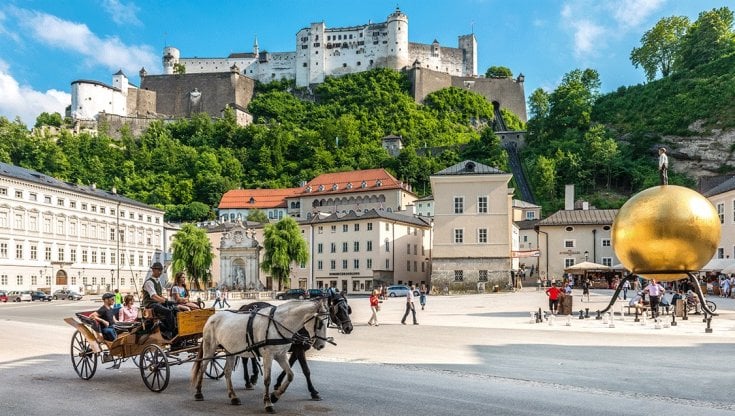
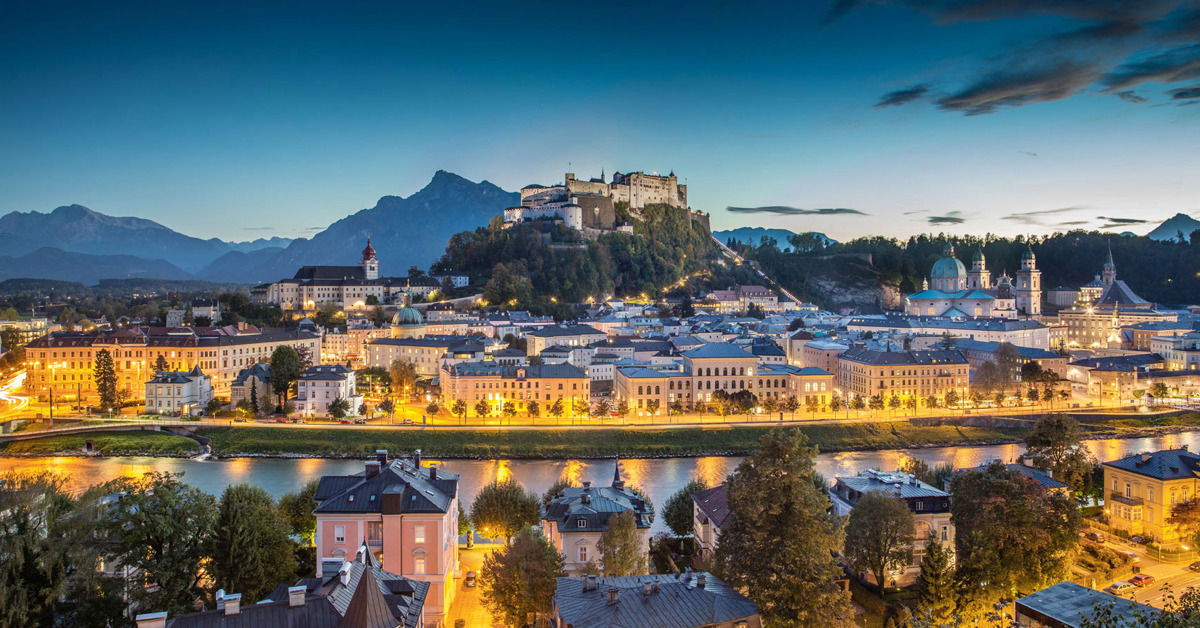
LIENZ
Lienz is a picturesque city, capital of East Tyrol, known as the “pearl of the Dolomites”. Overlooking the Isel River and surrounded by the majestic Alps, Lienz is known for its charming Alpine atmosphere and its rich historical heritage. The center, featuring colorful buildings and a lively main square, turns into a nice pedestrian area in the summertime where one can enjoy the fresh mountain air and a delicious dessert in one of the many local cafes. Lienz and Tyrol offer excellent opportunities and facilities for hiking, cycling and winter sports. Bruck Castle, located on the hill, houses the town museum and offers panoramic views of the town center and surrounding mountains.
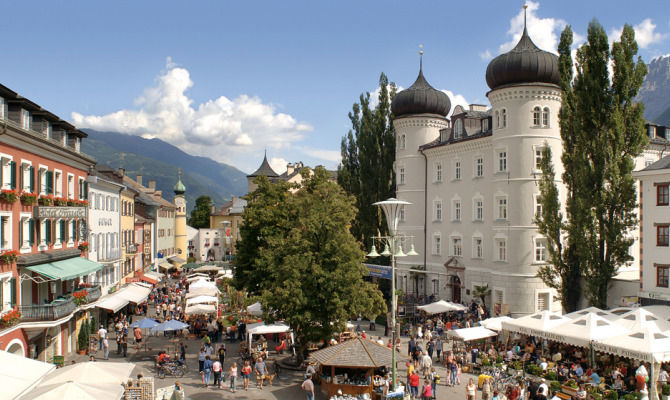
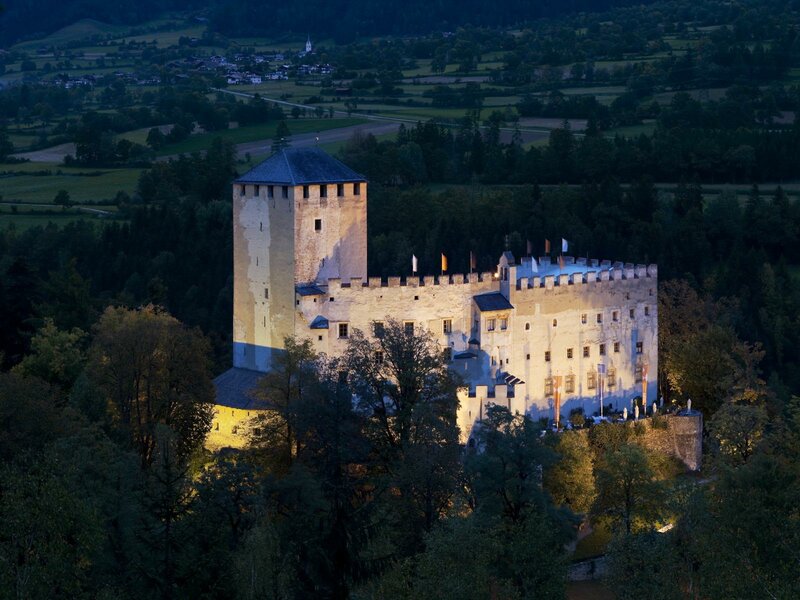
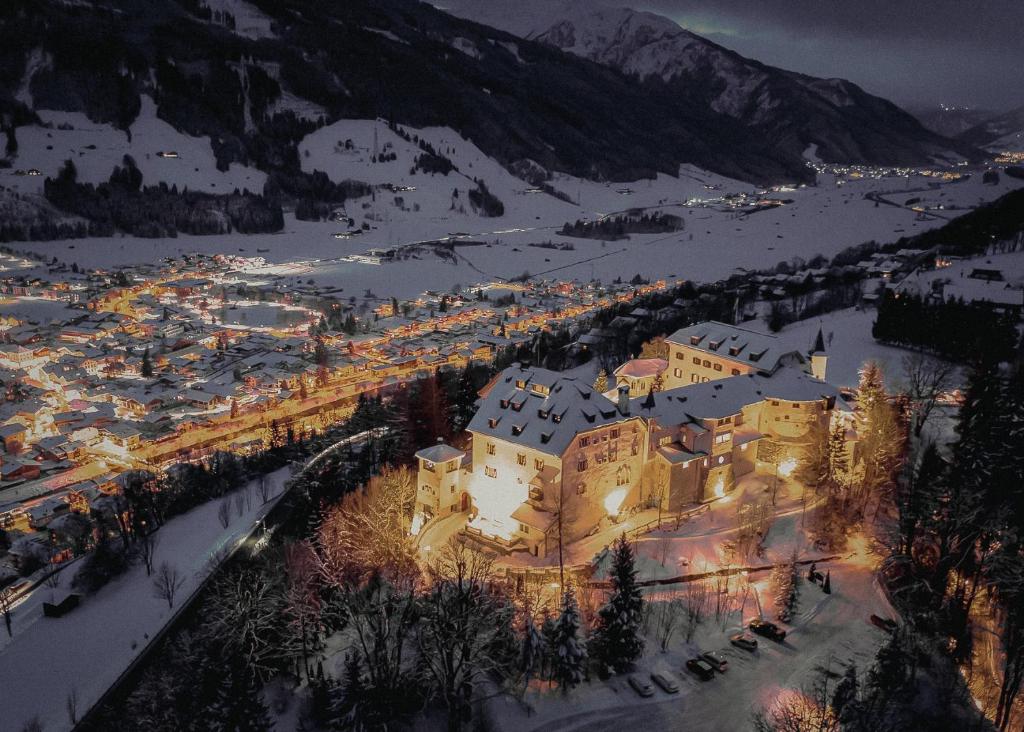
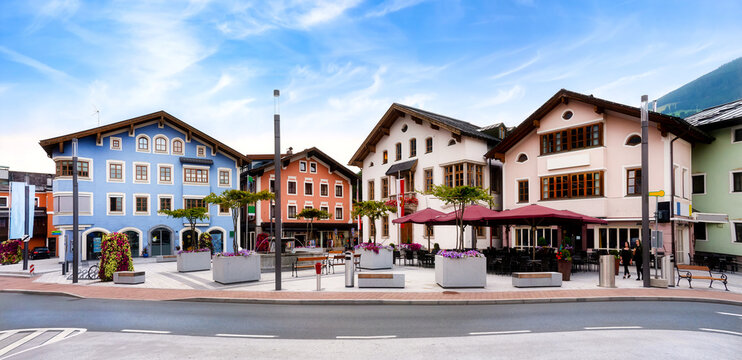
MITTERSILL
Mittersill is a small mountain city located at an altitude of about 1,000 meters and surrounded by some of the highest mountains in Austria. It is a popular vacation destination, especially during the winter, because of the many outdoor activities it offers, including hiking, alpine skiing, and cross-country skiing. The town is also an important cultural center, with the Mittersill Music Academy hosting concerts and performances by internationally renowned artists. Mittersill Castle dominates the town and adds a historic touch to its landscape.

DA SALISBURGO A MITTERSILL
Salisburgo è una affascinante città austriaca, situata lungo il fiume Salzach, nei pressi del confine con la Germania. È famosa per il suo centro storico dichiarato Patrimonio dell’Umanità dall’UNESCO. Strade acciottolate, edifici barocchi e monumenti storici, come la Cattedrale di Salisburgo e la Fortezza Hohensalzburg, caratterizzano il paesaggio urbano. Salisburgo è intrisa di storia e cultura, è conosciuta in tutto il mondo per essere la città natale del celebre compositore Wolfgang Amadeus Mozart. La città è immersa in uno sfondo alpino spettacolare e le sue strade, i suoi musei e i suoi festival contribuiscono a renderla una destinazione turistica molto apprezzata.
FROM MITTERSILL TO SALZBURG

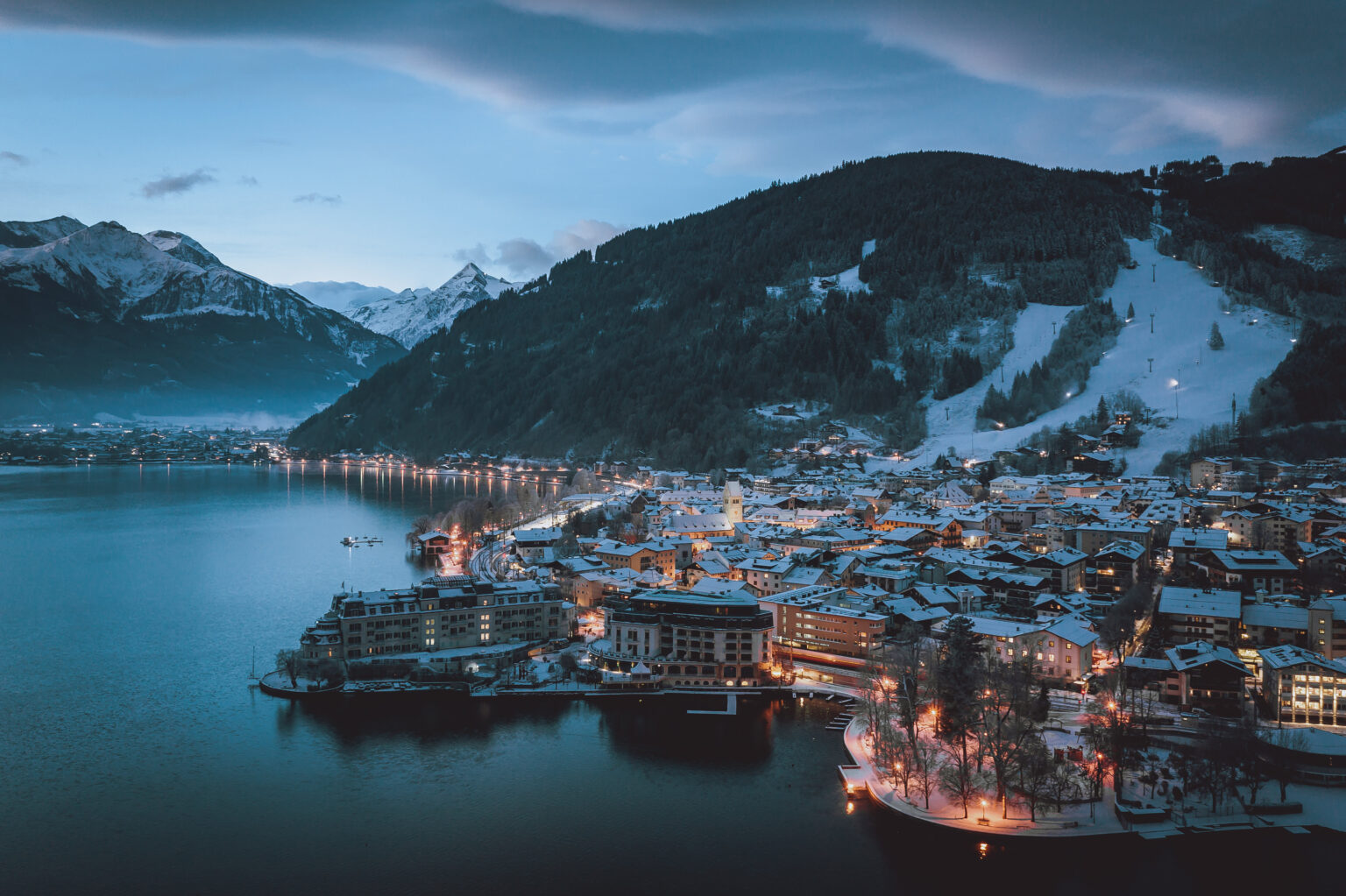
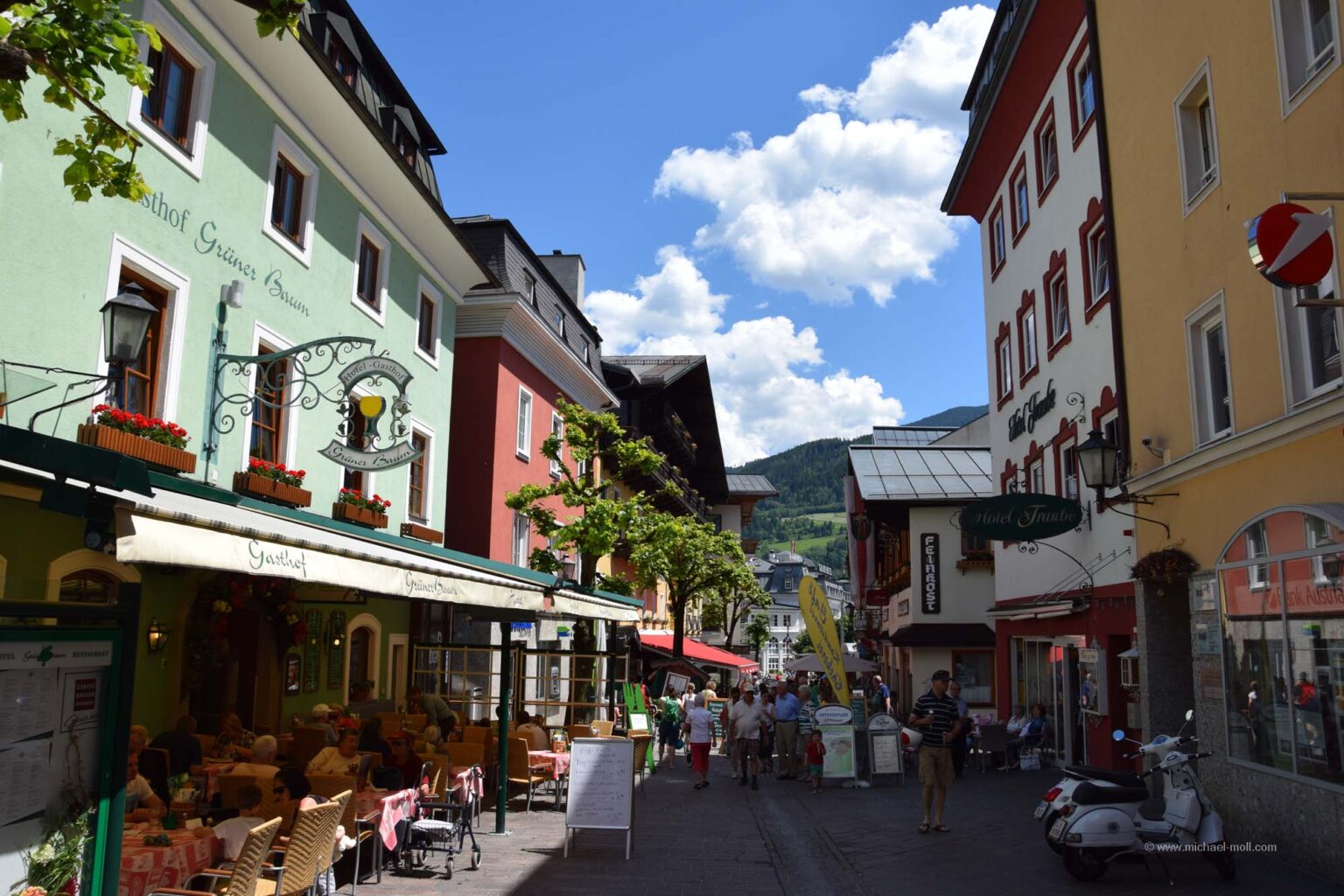
ZELL AM SEE
An imposing glacier towers over the area, and the clear blue waters of Lake Zell lie like a pearl among the majestic mountains. Sports enthusiasts and active vacationers, as well as families and guests seeking relaxation, are faced with a diverse landscape here. Captivating experiences, as well as culinary and gastronomic highlights featured by typical regional dishes, combine with moments of pure relaxation. Zell am See is the capital of the same named district, a major transportation hub in the region, and, as a tourist destination, Zell am See-Kaprun is internationally renowned as one of Austria’s premier winter sports destination. In addition to tourism, Zell am See is also a major commercial center and home of the Porsche family.
SALZKAMMERGUT - EUROPEAN CAPITAL OF CULTURE 2024
Welcome to the Salzkammergut, probably the most scenic region of the Austrian Alps: cozy towns and castles, mountain basins with dark green lakes, roaring streams and towering mountain giants from which the glaciers descend. Salt, mountains and swimming lakes. The combination of a multitude of lakes, mountains and world famous cities such as Hallstatt and Bad Ischl, both UNESCO World Heritage Sites. In the region there are over 70 bathing lakes, small and large, deep and shallow, green and turquoise blue. The region, located between the Dachstein Massif, the Totem Mountains and the Höllengebirge in the provinces of Upper Austria, Salzburg and Styria, is named after the salt that has been extracted here since time immemorial. Where the emperor relaxed. In the 19th century, Emperor Franz Joseph I and Empress Sisi came here for summer holidays: like many other inhabitants of the city, they spent the warm season in Bad Ischl. Even today, guests come to spend their summer holidays in the eight regions of the Salzkammergut: Attersee-Attergau, Ausseerland, Bad Ischl, Dachstein-Salzkammergut, Fuschlsee, Mondsee-Irrsee, Traunsee-Almtal and Wolfgangsee.


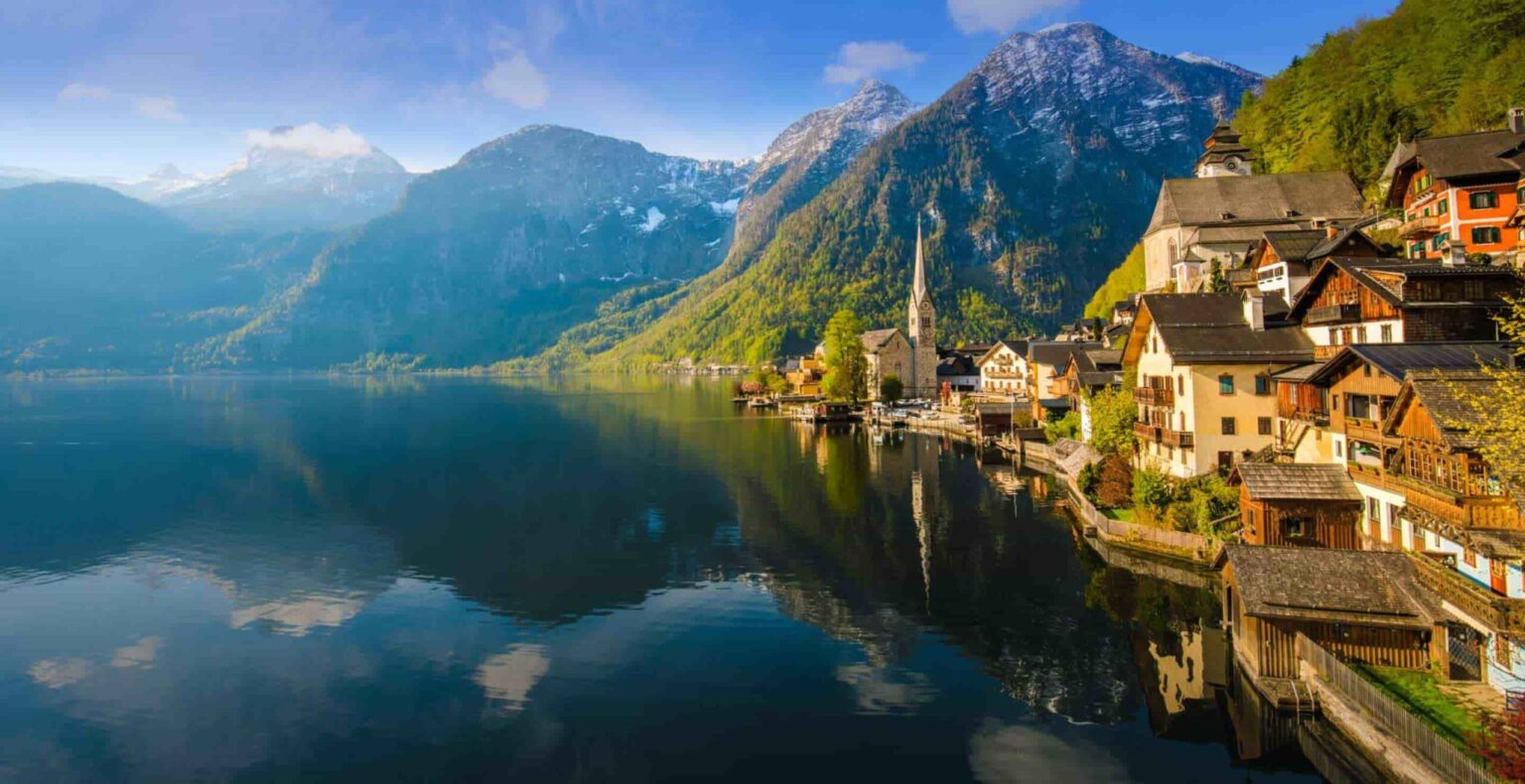
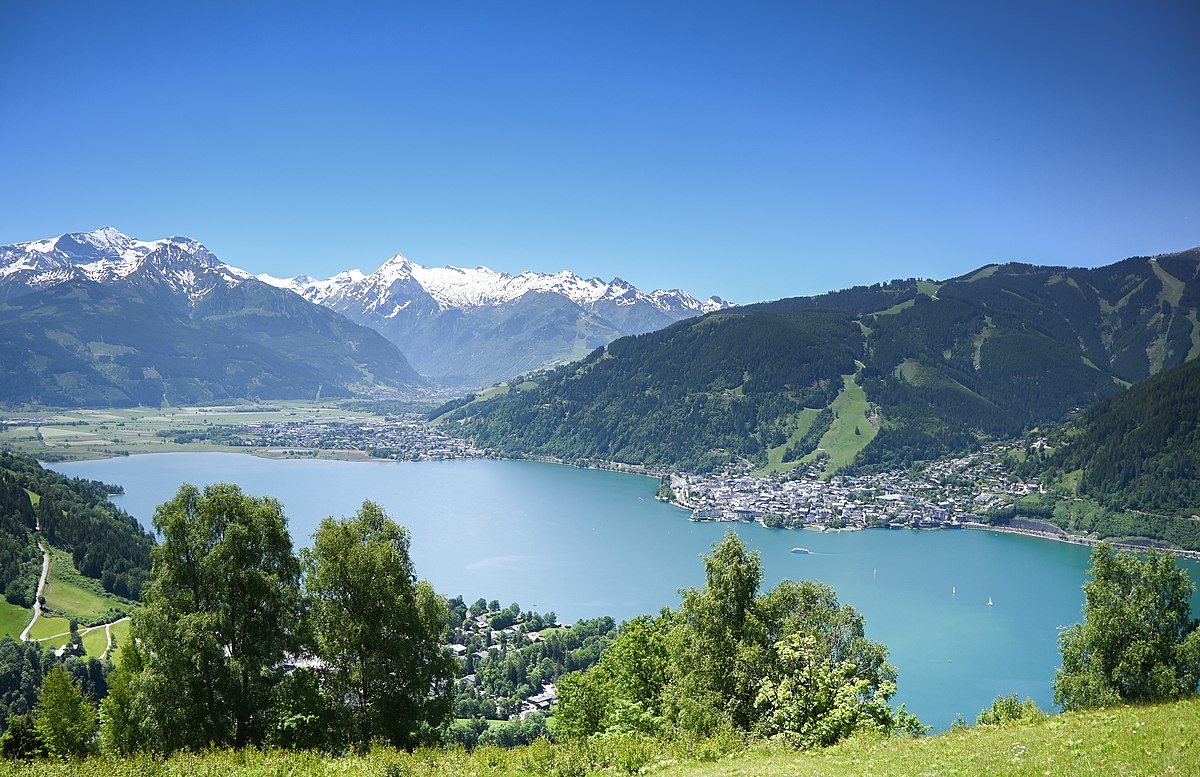
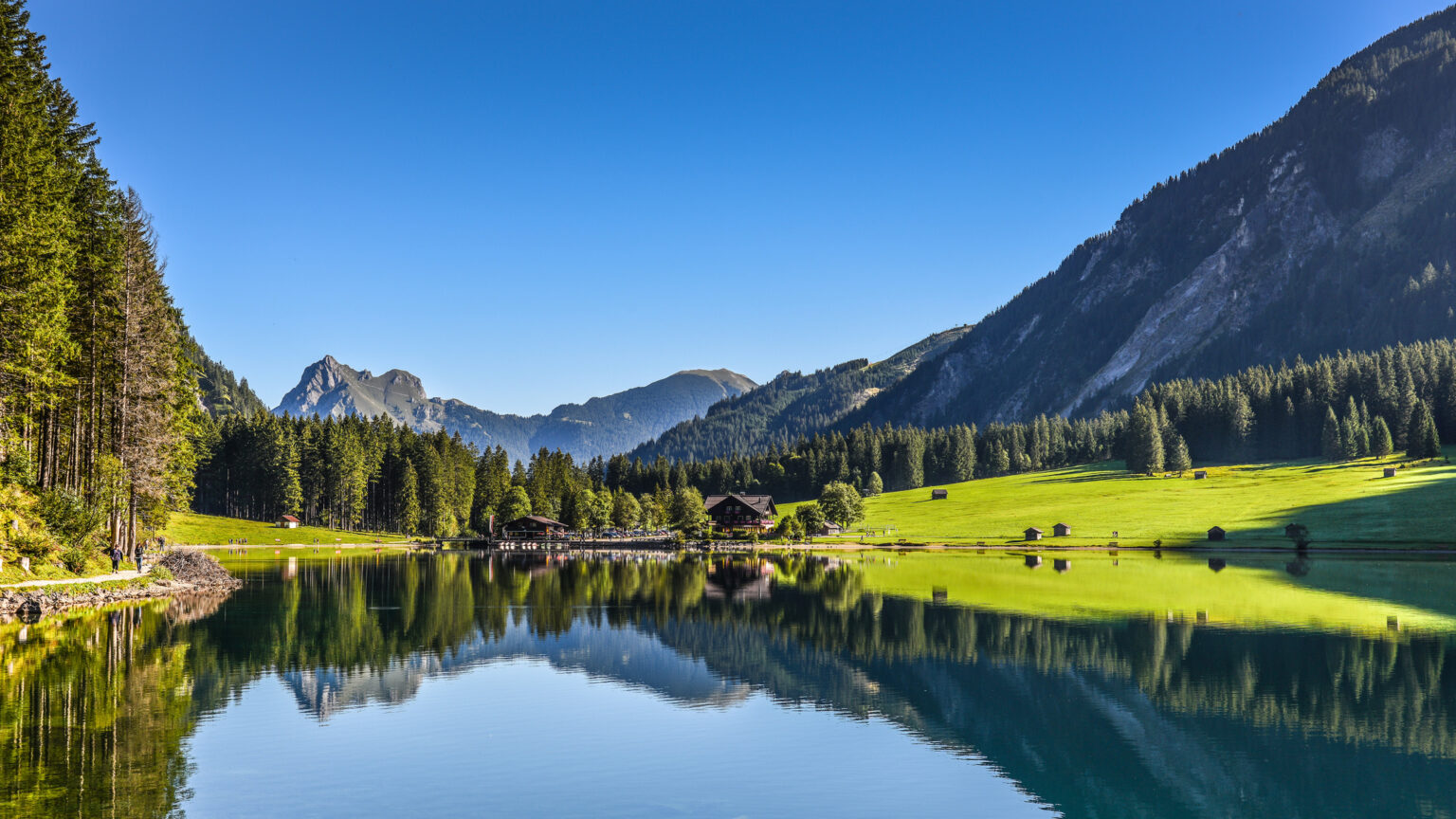
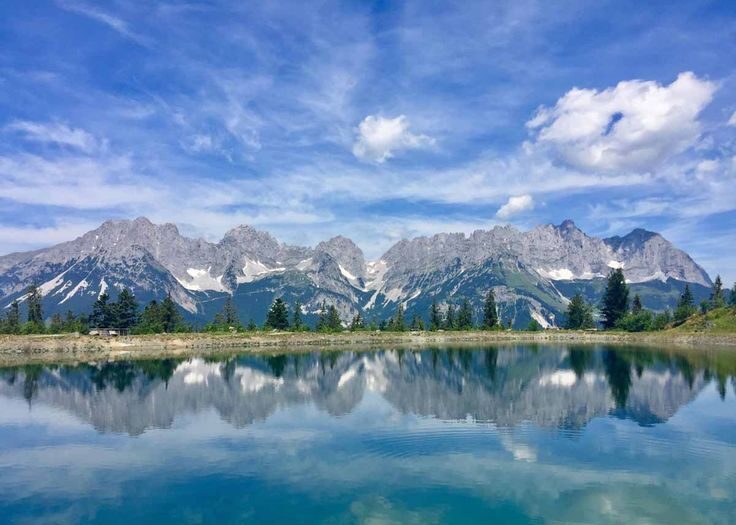


SALZBURG
Salzburg is a charming Austrian city located along the Salzach River near the German border. It is famous for its historic centre, which is a UNESCO World Heritage Site. Cobbled streets, baroque buildings and historical monuments such as the Salzburg Cathedral and the Hohensalzburg Fortress, characterise the cityscape. Salzburg is rich in history and culture; it is known throughout the world for being the birthplace of the famous composer Wolfgang Amadeus Mozart. The city is surrounded by a spectacular Alpine backdrop and its streets, its museums and its festivals contribute to making it a much-appreciated tourist destination.


ZELL AM SEE
An imposing glacier towers over the area, and the clear blue waters of Lake Zell lie like a pearl among the majestic mountains. Sports enthusiasts and active vacationers, as well as families and guests seeking relaxation, are faced with a diverse landscape here. Captivating experiences, as well as culinary and gastronomic highlights featured by typical regional dishes, combine with moments of pure relaxation. Zell am See is the capital of the same named district, a major transportation hub in the region, and, as a tourist destination, Zell am See-Kaprun is internationally renowned as one of Austria’s premier winter sports destination. In addition to tourism, Zell am See is also a major commercial center and home of the Porsche family.


DA MITTERSILL A SALISBURGO
Mittersill è una piccola città di montagna situata ad un’altitudine di circa 1000 metri e circondata da alcune delle montagne più alte dell’Austria. E’ una destinazione popolare per le vacanze, soprattutto durante l’inverno, grazie alle numerose attività all’aperto che offre, tra cui il trekking, la sci alpino e lo sci di fondo. La città è inoltre un importante centro culturale, con l’accademia di musica di Mittersill che ospita concerti e performance di artisti di fama internazionale. Il castello di Mittersill domina la città e aggiunge un tocco storico al suo paesaggio.

LIENZ
Lienz is a picturesque city, capital of East Tyrol, known as the “pearl of the Dolomites”. Overlooking the Isel River and surrounded by the majestic Alps, Lienz is known for its charming Alpine atmosphere and its rich historical heritage. The center, featuring colorful buildings and a lively main square, turns into a nice pedestrian area in the summertime where one can enjoy the fresh mountain air and a delicious dessert in one of the many local cafes. Lienz and Tyrol offer excellent opportunities and facilities for hiking, cycling and winter sports. Bruck Castle, located on the hill, houses the town museum and offers panoramic views of the town center and surrounding mountains.


Salzburger Land
Austria’s western region, bordering Italy via the Brenner Pass. Tyrol is known for its stunning mountains, ski events, and architectural innovations combined with traditions. About 22,000 kilometers of hiking trails wind through the Tyrolean alpine landscape with its 500 peaks of more than 3000m, 160 mountain huts and 140 alpine pastures. But at the same time these places still radiate an incredible fascination of the unknown, and it is easy to find yourself in majestic solitude among unspoiled landscapes. In the heart of the Alps, Tyrol has been able to maintain its traditions: folklore is part of everyday life, with clothing, choirs, folk dances, and marching bands. Also, well-known and appreciated is the craftsmanship.
